Italian Renaissance interpretation of Jewish Medieval Magic and Kabbalah
Working paper de Flavia Buzzetta

Published at 6 June 2014

This article is focused on the exchanges between the Jewish magical thoughts and the Christian thoughts in the first Italian Renaissance. The study analyses the adaptations of some Jewish magical topics, for example the golem and the demonology, and their diffusion in the Latin Renaissance culture. The research is founded on the Hassidic Ashkenazy treatises Commentum Sefer Iesire (Vat. Ebr. 191 ff. 1r-12r) and Liber de homine (Vat. Ebr. 189 ff. 398r-509v), Latin translations of Jewish Magical Kabbalistic texts done by Flavius Mithridate for Giovanni Pico della Mirandola at the end of ‘400. The critical-historiographical coordinates are those of a study about the hybridizations and the reformulations of philosophical and magical themes through the mithridatic translatio studiorum.
In 2011, Flavia Buzzetta received a doctorate (University of Palermo and Ecole Pratique des Hautes Etudes de Paris) in Philosophy and History of Religions and Religious Anthropology. In 2013 she was postdoctoral Fellow in the Fernand Braudel program at the Fondation Maison des Sciences de l'Homme and at the Hastec Laboratory of Excellence in Paris. Her laboratory of attachment was the Center Jean Pépin of Paris (UPR 76). She is an associate member of Labex Hastec and collaborates with the Officina di Studi Medievali in Palermo. She conducts researches on the relations and exchanges between Jewish thought and Christian thought in the Renaissance, in the philosophical, magical and cabalistic field.
Flavia Buzzetta. Adaptations de thèmes magico-cabalistiques juifs médiévaux par le Quattro-cento italien : Etude des manuscrits Commentum Sefer Iesire (Vat. Ebr. 191 ff. 1r-12r) et Liber de homine (Vat. Ebr. 189 ff. 398r-509v) traduits par Flavius Mithridate pour Jean Pic de la Mirandole (v. 1485-1486). FMSH-WP-2014-68. 2014.
Follow our news and receive our invitations!

